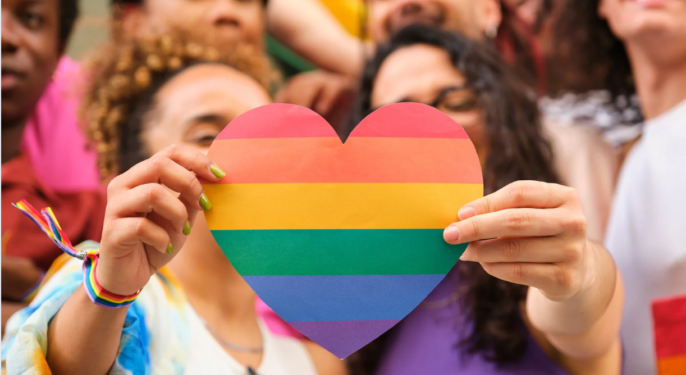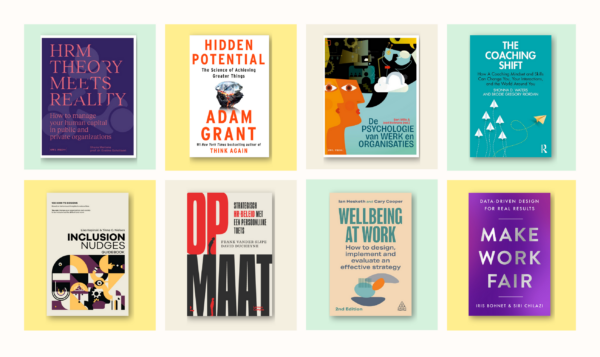Beam Book. Your space to reflect, focus and grow.
Order your copyHR Research
Better Work For All. Every Day of the Year.

Evidence-based tips for supporting LGBTQ+ employees during the other 11 months of the year (and during Pride Month, too).
For years, Pride Month (June) has been a moment to show support and celebrate the wins on the road for equal rights of the LGBTQ+ community. While this year, some countries and companies are showing signs of stepping back from these initiatives, at Beam we focus on what works in supporting LGBTQ+ employees. There might be more or fewer rainbow-coloured logos on LinkedIn, but there is more to do to create inclusive workplaces and make work better for everyone.
At Beam, we take an evidence-based approach to HR, so we looked at what scientific research tells us about the topic. What helps create an inclusive climate where LGBTQ+ people feel safe and valued?
Research into LGBTQ+ inclusion in the workplace is still relatively new, so the number of solid, trustworthy studies is limited. But we do have insights, especially from a meta-analysis of 27 studies done in the USA, which looked at what works in building a positive climate at work for LGBTQ+ employees.
In evidence-based HR, we begin by framing the problem into an answerable question. So, let's start with this one:
How can we build a supportive environment for LGBTQ+ employees, not just during Pride Month but all year round?
Formal policies help, but they’re not the whole story
The first step is to adopt formal LGBTQ+ supportive policies and practices. Examples include:
- Including sexual orientation, gender identity, and LGBTQ+ status in the non-discrimination policy
- Providing benefits to cover same-sex partners
- Offering transgender-inclusive medical benefits
- Actively inviting same-sex partners to company-wide events
- Supporting LGBTQ+ causes through the company’s social impact programs
Do these policies work? Research indicates that in organisations with such policies, LGBTQ+ employees report higher job satisfaction and organisational commitment, while also perceiving less discrimination. Furthermore, employees are more likely to disclose their LGBTQ+ identity.
These policies show what behaviours are acceptable and expected in an organisation. However, they are just the first step. A supportive climate and meaningful relationships matter even more.
The next step to an inclusive workplace: walk the talk
Having policies doesn’t always mean inclusion is felt. It’s about what actually happens. How do people respond when an LGBTQ+ colleague is mistreated? How do LGBTQ+ employees feel about the organisation’s support? These experiences shape what researchers call the “organisational climate” – in this case, specific to LGBTQ+ inclusion.
Trust in this climate has a much association with LGBTQ+ employees’ job satisfaction, commitment, and openness. It also reduces anxiety, depression, and emotional exhaustion, and lowers perceptions of discrimination.
You can make a difference too
Sometimes, it’s not the whole organisation but individual relationships that matter. Supportive relationships, where people listen, show care and empathy, and help practically (such as reporting incidents or addressing inappropriate behaviour), make a big difference. A key relationship is with the direct manager.
LGBTQ+ employees with such support are more likely to feel satisfied and committed, and less likely to experience stress or emotional exhaustion. They are also more likely to be open about their identity at work.
So, no matter what your workplace is like, your actions can help create a more inclusive and supportive environment – and better work for all.
References
Webster, J. R., Adams, G. A., Maranto, C. L., Sawyer, K., & Thoroughgood, C. (2018). Workplace contextual supports for LGBT employees: A review, meta‐analysis, and agenda for future research. Human Resource Management, 57 (1), 193-210.
Button, S. B. (2001). Organizational efforts to affirm sexual diversity: A cross-level examination. Journal of Applied Psychology, 86 (1), 17.



